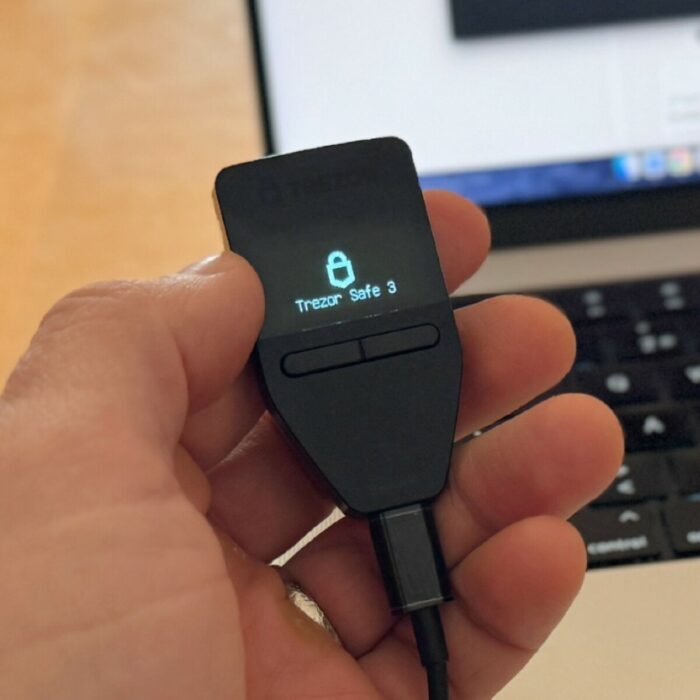Safeguarding Your Bitcoin Investment: A Guide to Protecting Your Assets with Trezor Safe 3
With the increasing popularity and value of cryptocurrencies like Bitcoin, safeguarding your digital assets from potential threats has become paramount. Cybersecurity measures are crucial, especially when it comes to protecting your hard-earned Bitcoin from hackers and malicious actors. One of the most reliable methods to secure your holdings is by utilizing hardware wallets, such as the Trezor Safe 3, known for its robust security features and user-friendly interface.
Understanding the Threats
Before delving into the specifics of using Trezor Safe 3, it’s essential to understand the threats facing cryptocurrency owners. Hackers employ various tactics, including phishing attempts, malware, and social engineering, to gain unauthorized access to private keys or seed phrases, granting them control over your funds.
The Role of Hardware Wallets
Hardware wallets like Trezor Safe 3 offer an added layer of security by storing private keys offline. This physical device, akin to a USB stick, ensures that your sensitive information remains isolated from online threats, significantly reducing the risk of hacking or unauthorized access.
Setting Up Trezor Safe 3
- Purchase from Trusted Sources: Always buy hardware wallets from official or authorized retailers to mitigate the risk of tampering or counterfeit devices.
- Follow Setup Instructions Carefully: Upon receiving your Trezor Safe 3, follow the setup instructions provided by the manufacturer meticulously. This includes creating a strong PIN code and writing down the recovery seed phrase.
- Store Recovery Seed Securely: The recovery seed is the ultimate backup of your wallet. Write it down on the provided recovery sheet and store it in a safe and secure location, preferably offline.
- Enable Additional Security Features: Take advantage of any additional security features offered by the hardware wallet, such as passphrase encryption or two-factor authentication.
Best Practices for Safe Bitcoin Storage
- Regular Firmware Updates: Ensure your hardware wallet’s firmware is always up-to-date to benefit from the latest security enhancements and bug fixes.
- Use Secure Connections: When interacting with your hardware wallet through a computer or mobile device, use secure and trusted connections, preferably on a private network.
- Implement Multi-Signature Authentication: Consider setting up multi-signature wallets, requiring multiple signatures to authorize transactions, adding an extra layer of security.
- Backup and Test Recovery: Regularly backup your wallet and practice recovering it using the seed phrase to ensure you can access your funds if necessary.
Conclusion
Securing your Bitcoin investment is a proactive step in safeguarding your financial future. Utilizing hardware wallets like Trezor Safe 3 significantly reduces the risk of cyber threats and unauthorized access to your cryptocurrency holdings. By following best practices and staying informed about the evolving landscape of cybersecurity, you can confidently protect your digital assets from potential attacks.
Remember, staying informed about the latest security practices and continuously evaluating and updating your security measures is essential in the ever-evolving landscape of cybersecurity and cryptocurrency protection. Always refer to the latest guidelines and resources provided by the hardware wallet manufacturer for the most up-to-date information on securing your digital assets.


